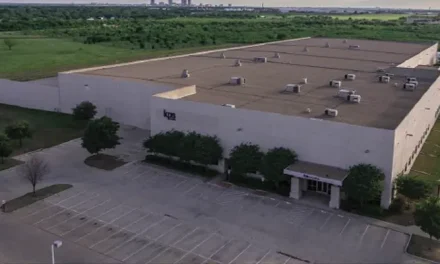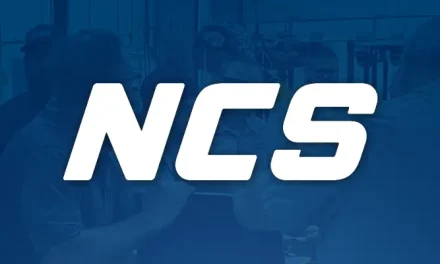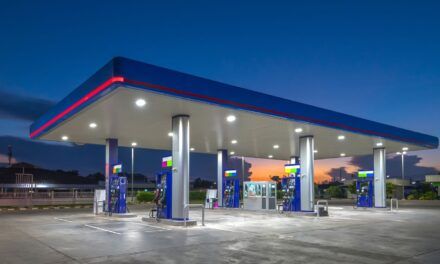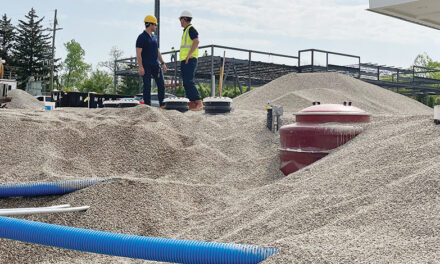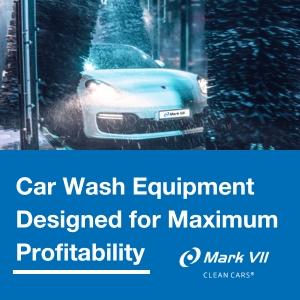
Fix Your Fuel, Fix Your Finances: Wetstock Management’s Impact on the Bottom Line

By Brian Reynolds
Fuel loss may be causing more strain on your business than you think. How do you account for that?
With over 60 ways an actual or perceived fuel loss can occur, operators may be at more risk than they realize or that their systems can detect. Some of the more common monetary costs are false alarms, delivery shortages, fuel theft, tank leaks and meter drift. We’ll look at how these issues can affect your bottom line and how to better protect wetstock to keep profit margins up.
Temperature fluctuations trigger excess investigations
A known form of loss is attributed to temperature fluctuation. Surrounding temperatures outside the tanker can cause evaporation, expansion and contraction, leading to variances between recorded origin and destination volumes. While temperature losses are acceptable due to the fact that there is little that can be done to avoid them, the reality is a temperature loss is likely to be many times less than what actually disappears in total loss variances.
Total fuel loss variance investigations are difficult to figure out without sophisticated analytics. Without the aid of analytics, additional financial expense over time can be expected. Incidents of temperature fluctuation are very common but not usually a significant source of loss, which means being able to determine when a discrepancy is a result of perceived loss prevents wasted time and money.
False alerts can be reduced by investing in wetstock management systems that automatically monitor and identify certified high variances. For example, in a six-month study of ten stations using DX Wetstock, a wetstock management solution offered by Dover Fueling Solutions, thousands of alarms were collected with only five per cent resulting in an escalation or site visit. Compare that with 20 per cent of flags resulting in investigation when not using a wetstock management solution like this, and we see how quickly this makes a difference.
A moving target complicates tracking
Unintentional shortages in delivery are common, even when skimming hasn’t occurred in transport. While shortages may be small at the time of delivery, losses add up.
Promptly comparing the bill of lading to tank volume during delivery will detect deficits within a small window of time. Automatic tank gauging and dispenser sales, along with proven sophisticated algorithms monitored with artificial intelligence, will in real-time identify probable and actionable losses.
Remote wetstock monitoring services are perhaps the only effective method for measuring and flagging high variances in real-time before they impact profitability. Wetstock monitoring can also help determine when a perceived delivery shortage is a false alarm.
Fuel theft is ever evolving
Headlines on fuel theft are abundant, and many good deterrents are circumvented over time by determined perpetrators. The best defense includes carefully monitoring fuel inventory with solutions that offer real-time alerts.
Crooks understand the concept of risk vs rewards. With higher fuel prices, incidents of theft and fraud increase proportionately; hundreds or thousands of liters in one stealing spree. Fuel theft is no longer something lurking in the shadows; it is happening in broad daylight during normal service hours. Employing a theft preparedness strategy versus recovery approach is imperative.
Well organized criminal enterprises target both small and large businesses, typically done in broad daylight to confuse the store and automatic tank gauges by disguising as authorized technicians or even government regulators. No matter the size of your operation, maintaining an advanced wetstock management system with real-time alerts is a reliable and stable form of security against evolving criminal activity.
Tank leaks bring heavy financial burden
Environmental fees, cleanup and equipment costs for tank leaks can be devastating for owners. Average cleanup costs can exceed CA$175,000 in addition to lost fuel, fines and reputational impact.
Referring to the same study overseen by DFS, four detected tank leaks resulted in loss of over 2,000 gallons (7,570 liters) of fuel. Had the leaks continued for 12 months without detection, the incidents would have cost over $550,000 USD (approximately CA$750,000) for the retailers. Avoiding tank leaks is of the utmost importance, but time-to-response can make a large financial impact. Effective wetstock management solutions can help you detect leaks before they become debilitating problems.
Almost as bad as an environmental catastrophe due to an actual release is not being able to provide accurate records in a moment’s notice! Automated cloud technology will reliably produce records and test results for whoever requires them. You can either “be fine or be fined.”
Fuel lost to meter drift adds up
The best defense against meter drift is proper selection of equipment built to meet the demands of your site as well as regular maintenance of parts. In a network of 10 forecourts, just two meters experiencing regular and significant drift are enough to over-dispense 28,000 liters of fuel within a year. At 162 cents per liter, that would amount to over CA$45,000 in unrealized revenue.
While maintenance for aging meters and other forecourt equipment can compound, automated compliance and maintenance trackers for dispensers and other site equipment can help relieve operational burden. When used in tandem with advanced wetstock technology, you get an end-to-end solution for lowering financial risk.
Implementing your own wetstock strategy
So how do you know if you need to update your wetstock management tools? Evaluate your current method and capabilities for gaps in the above-mentioned risk areas. If you feel you’ve accounted for your most likely risks, what will you need in future? Get ahead of incidents by increasing foresight and insight capabilities.
With technological advancement in tank gauging and monitoring solutions gaining speed, opportunities for strengthening and tailoring your strategies are too. Generally, adopting automated and digital solutions can require more upfront investment but result in longer-term savings with operational ease and mitigated human error. Investing in modern wetstock technology could be a wise change that saves your bottom line in the long run.
Brian Reynolds is a strategic accounts manager with Dover Fueling Solutions.

